Thinking About Starting a Fish Farm? What Are the Key Guidelines?
Starting a fish farm sounds exciting, right? But maybe you're worried about the unknowns. Let's clear things up and look at the essential guidelines you need to know before diving in.
Key guidelines involve understanding water quality, disease control, feed management, choosing the right fish species, getting necessary permits, checking market demand, and managing environmental impact and financial risks. Knowing these helps you plan properly.
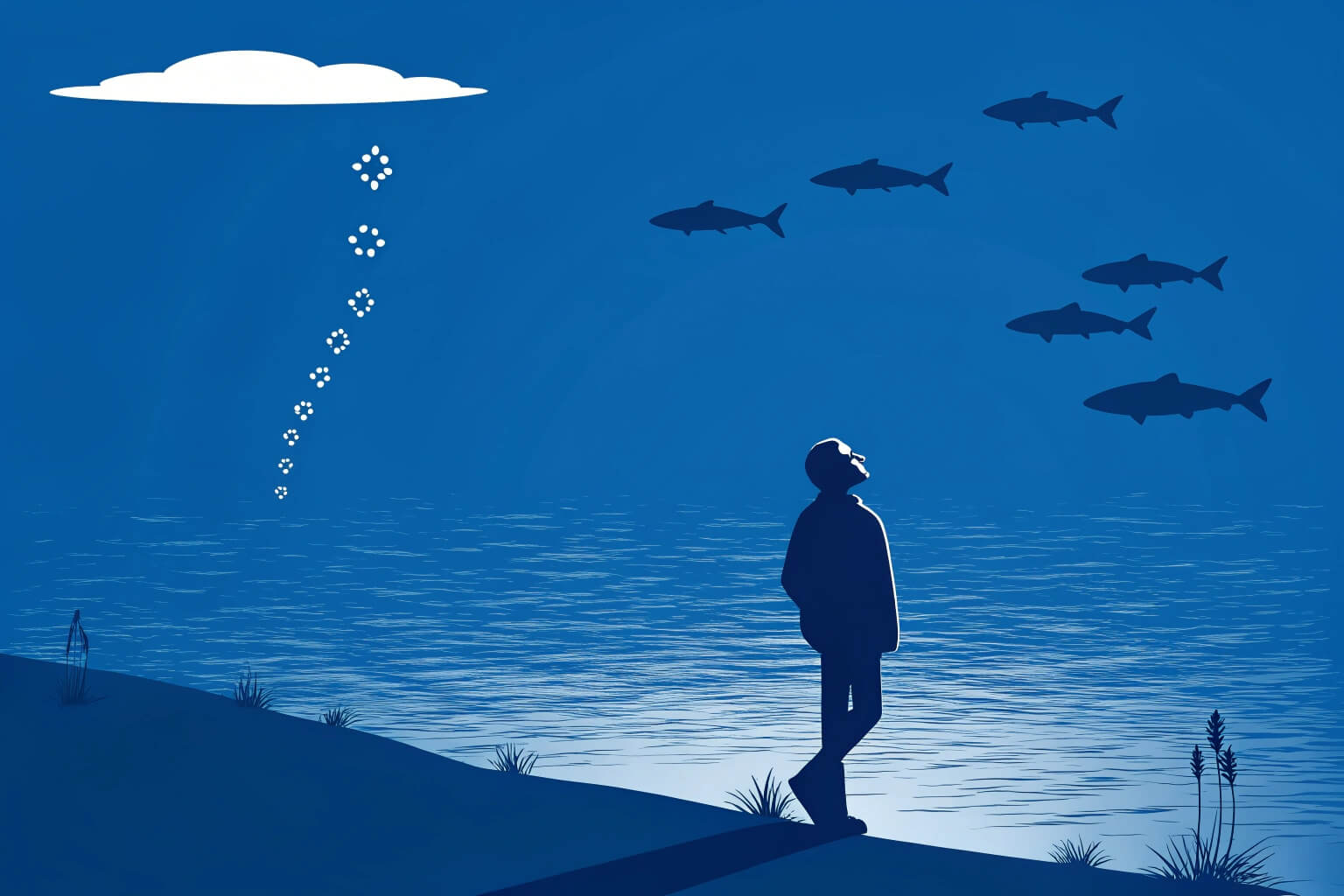
Understanding these guidelines is the first step. It helps you see the bigger picture and plan more effectively. Let's break down some common questions people like you ask when considering this venture. As someone who works closely with farms needing reliable water containment, I've seen how crucial planning is.
What is the major problem in fish farming?
Fish farming seems straightforward, but big challenges can sink your plans. Are you prepared for the most common issues that can hurt your farm's success? Let's identify the main hurdle.
The most significant challenges usually revolve around maintaining good water quality and preventing diseases. These two issues directly impact fish health, growth, and ultimately, your farm's survival and profitability.
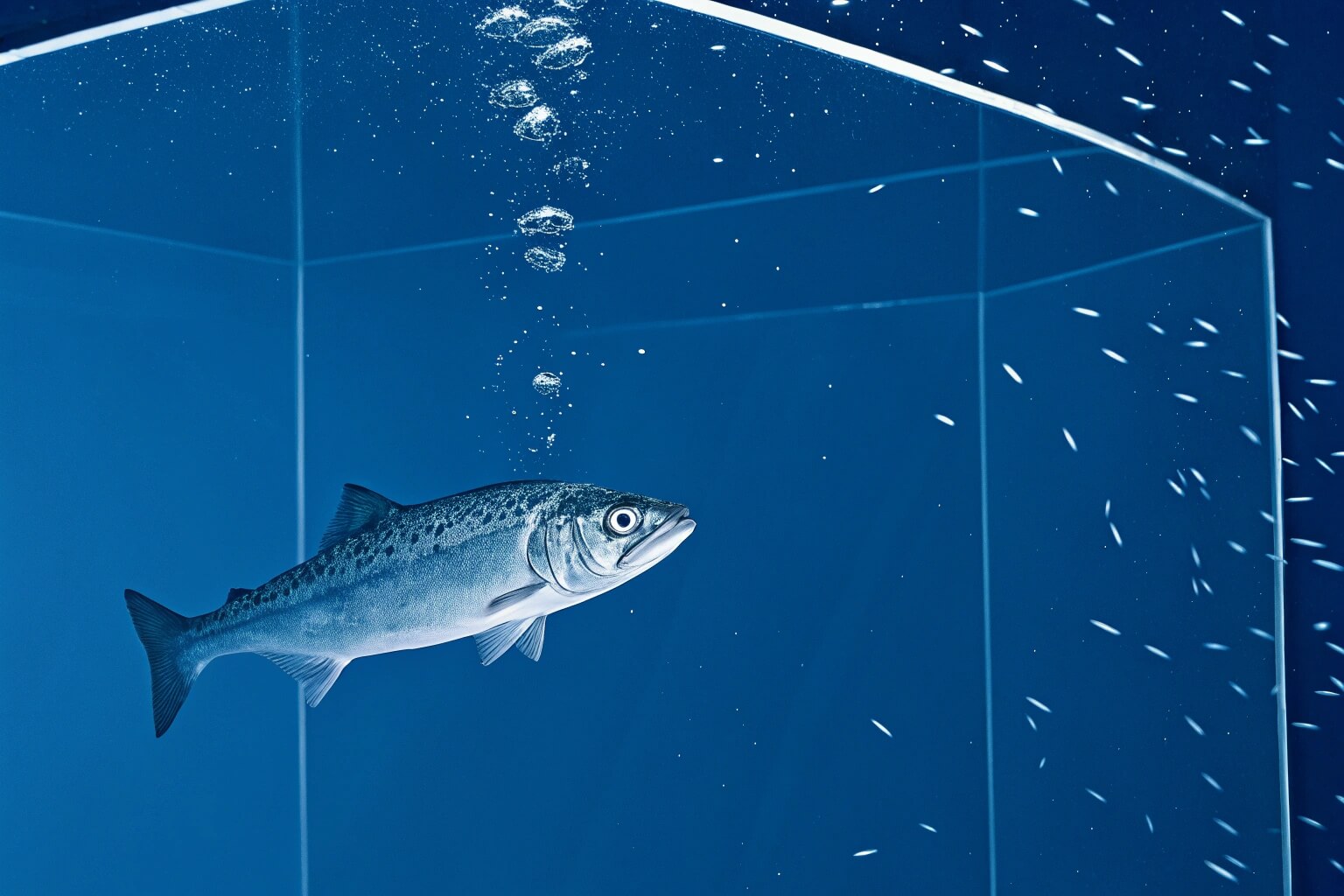
Dealing with water and disease is a constant task in fish farming. From my experience talking to farmers, getting these right separates successful farms from struggling ones.
Maintaining Water Quality
Good water is everything for fish. Think about parameters like dissolved oxygen, ammonia, nitrite, nitrate, pH, and temperature. Each fish species has specific needs. If oxygen drops too low, fish suffocate. If ammonia gets too high, it's toxic. You need reliable testing kits and a routine for checking water regularly. Without proper monitoring and management (like water changes or aeration), poor water quality1 quickly leads to stress, poor growth, and makes fish vulnerable to diseases. This is a non-stop job requiring attention to detail. You also need a plan for how to correct issues when they arise, like having aeration systems ready or knowing how much water to exchange.
Preventing Disease Outbreaks
Once fish get sick, it can spread rapidly, especially in crowded farm conditions. Preventing diseases is much better than trying to cure them. This involves starting with healthy fish from a reputable source (good fingerlings are key!), maintaining excellent water quality (as stressed fish get sick easier), providing proper nutrition, and avoiding overcrowding. Biosecurity is also critical – things like disinfecting equipment between tanks, limiting visitors, and maybe even quarantine protocols for new fish can make a huge difference. Common diseases can be bacterial, fungal, or parasitic, and treatment can be costly and sometimes ineffective, potentially wiping out a large portion of your stock.
Environmental and Market Risks
Beyond water and disease, environmental factors like unexpected floods or droughts can damage infrastructure or disrupt water supply. Market volatility is another big one – fish prices can fluctuate based on supply and demand, potentially hitting your profits hard. Being prepared for these external factors is also part of managing the major problems in fish farming. Having contingency plans and understanding market trends are essential.
What is the most profitable fish to farm?
You want your fish farm to make money, of course. But with so many fish species, which one offers the best return on investment? Let's look at what makes a fish profitable.
Profitability depends mostly on market demand, how fast the fish grows, feed costs, and how easy they are to farm. Fish like Tilapia, Catfish, Salmon, and Shrimp are often considered highly profitable due to strong markets and relatively manageable farming.
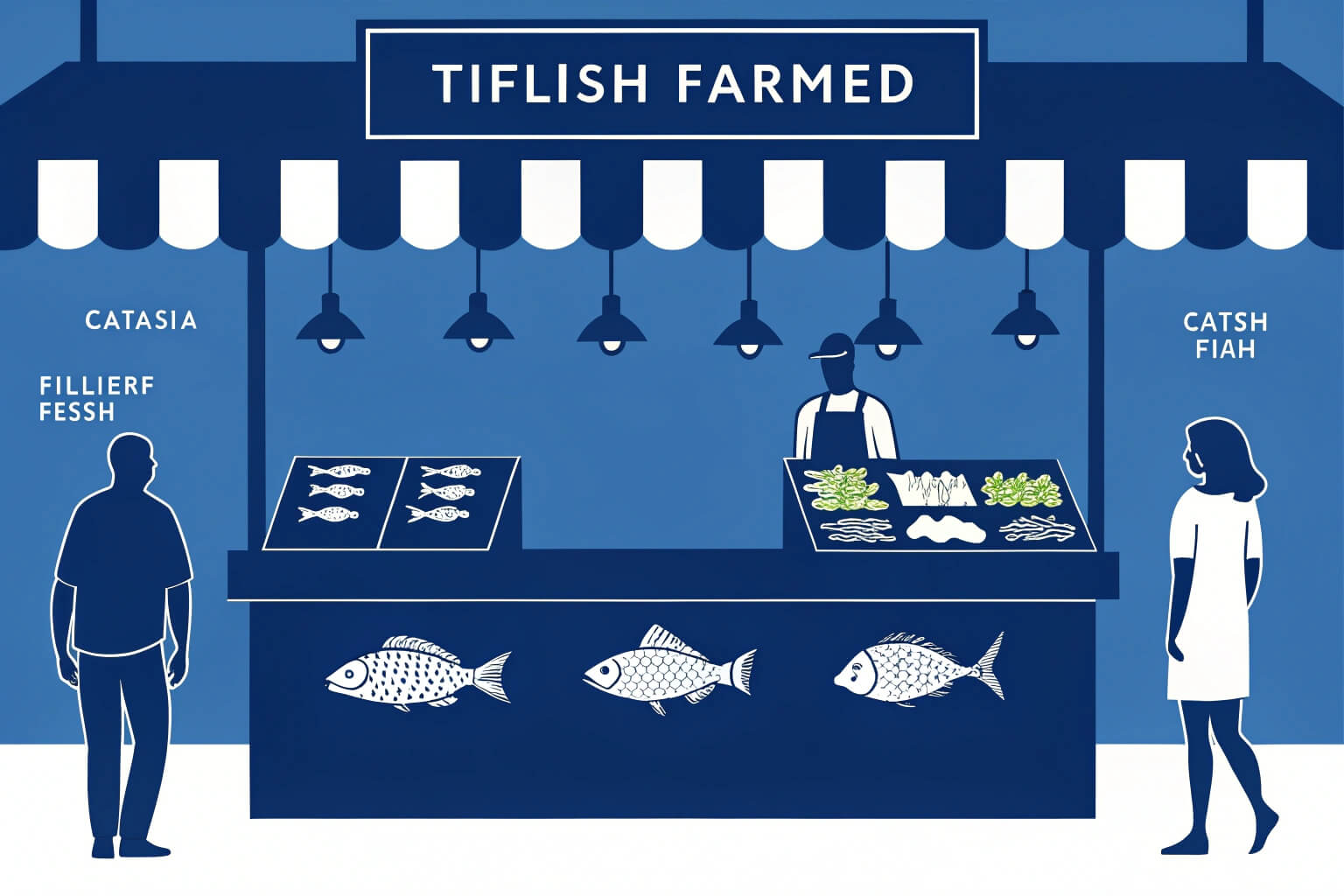
Choosing the right fish is a big decision. It's not just about picking a popular name; it's about finding what works best for your specific situation and market.
Factors Determining Profitability
Several things decide how profitable a fish species will be. First is Market Price and Demand2: Is there a strong, stable market for this fish locally or for export? High demand usually means better prices. Second is Growth Rate: How quickly does the fish reach market size? Faster growth means quicker turnover and potentially more harvests per year. Third is the Feed Conversion Ratio (FCR)3: How much feed does it take to produce one kilogram of fish? Lower FCR means lower feed costs, which is often the biggest operational expense. Fourth is Hardiness and Disease Resistance4: Fish that are tough and don't get sick easily reduce losses and treatment costs. Finally, consider the Input Costs: Some fish require more complex systems or specific conditions (like cold water for salmon), increasing setup and running costs.
Popular Profitable Species
Based on the factors above, some species stand out. Tilapia is very popular globally. It grows fast, is quite hardy, tolerates varied water conditions, and has a good FCR. Catfish is another strong contender, especially in certain regions like the US and Africa. They are also quite hardy and adaptable. Salmon, while requiring more specific conditions (cooler water, high-quality feed) and higher investment, commands a premium price in the market. Shrimp farming can also be very lucrative due to high demand, but it can be sensitive to disease and water quality issues.
Importance of Local Market Research
While global trends are useful, your local market is key. What do people in your area like to eat? Are there local restaurants or distributors looking for a specific type of fish? Sometimes a less common species might be more profitable locally if there's unmet demand. Before deciding, I always recommend doing thorough market research in your specific region. Talk to potential buyers, check prices at local markets, and see what competitors (if any) are doing. This local insight is invaluable for choosing the most profitable fish for you.
What do fish farms need?
So, you're serious about starting. What physical things and systems do you actually need to get a fish farm up and running? Let's list the essentials.
A fish farm requires a dependable water source, suitable tanks or ponds for holding fish, quality young fish (fingerlings), the right type of feed, equipment for aeration and water testing, and solid management practices.
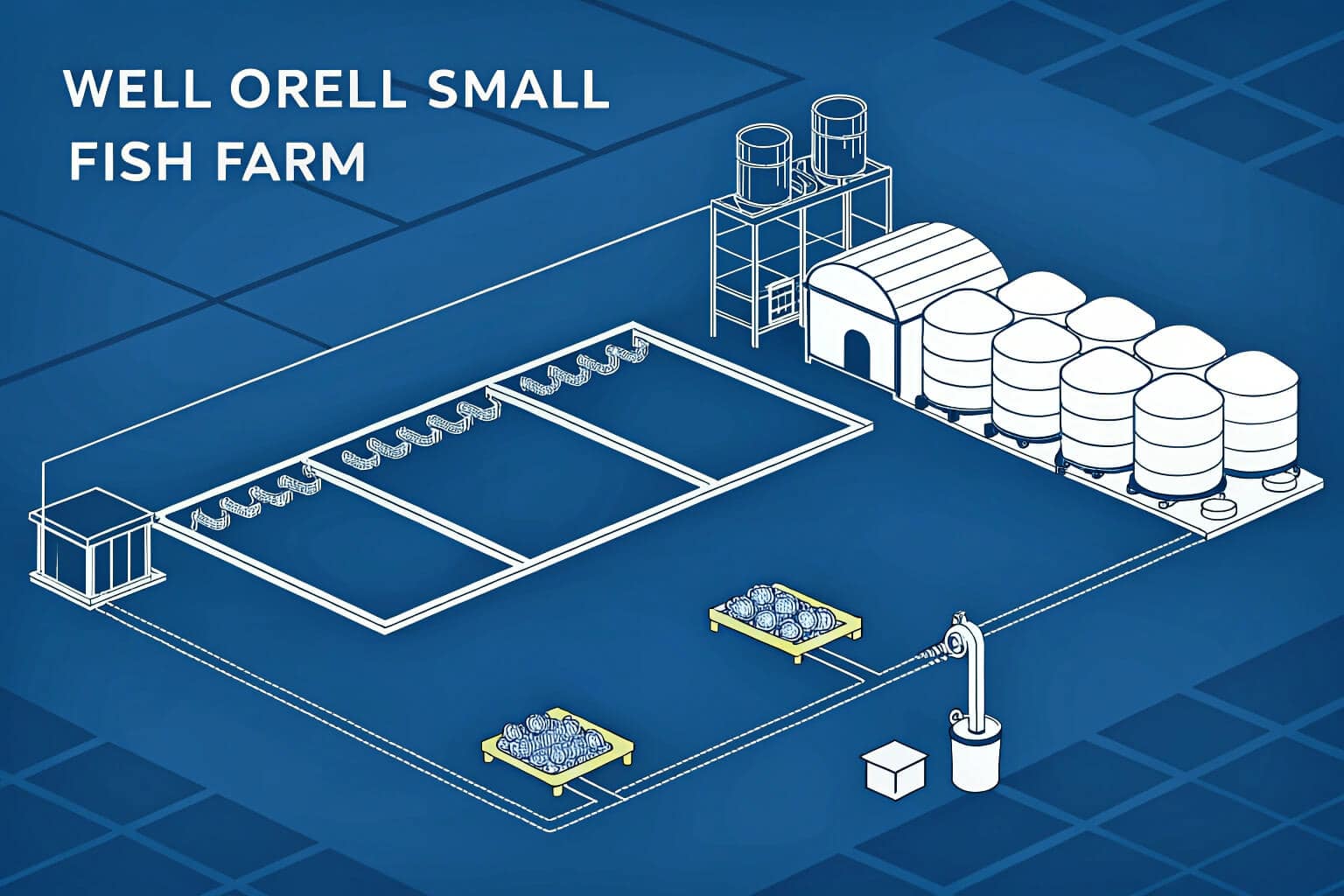
Getting the right setup from the start saves a lot of trouble later. I've seen clients succeed when they carefully plan each component.
Water Source and Containment
First, you need water – clean and reliable. This could be from a well, river, lake, or even municipal supply, but you must ensure its quality and quantity are suitable for your chosen fish and scale. Then, you need somewhere to keep the fish. This could be earthen ponds dug into the ground, concrete raceways, or tanks. Tanks offer more control over the environment. At Bancy, we specialize in collapsible tanks5 made with durable PVC liners and strong frames (like galvanized steel or plastic). These are great because they are relatively easy to set up, can be moved if needed, and we can customize the size for your specific needs. They work well for various scales, from small setups to larger commercial farms, especially for species like Tilapia or Catfish, or for temporary holding.
Fish Stock and Feed
You need healthy young fish, called fingerlings or fry, to start your farm. Finding a reputable hatchery that supplies disease-free stock6 is crucial. The quality of your initial stock significantly impacts your farm's success. Feed is usually the largest ongoing expense. You need to select the right type of feed (pellets are common) with the correct nutritional profile for your chosen fish species and their life stage (starter, grower, finisher). Proper storage is also important to maintain feed quality and prevent spoilage.
Essential Equipment and Management
Basic equipment includes nets for handling fish, feeders (manual or automatic), and aeration systems (like paddlewheels for ponds or air stones/diffusers for tanks) to ensure enough dissolved oxygen. Water testing kits (for pH, ammonia, nitrite, oxygen, etc.) are non-negotiable for monitoring water quality. Beyond the physical items, you need good management. This includes having knowledgeable staff (or learning yourself!), establishing routines for feeding, cleaning, monitoring, and harvesting, and implementing biosecurity measures to prevent disease. Good record-keeping is also essential for tracking growth, feed usage, and profitability.
What is the minimum area required for fish farming?
Space can be a major constraint for potential fish farmers. Are you wondering if your available land is enough? Let's talk about how much area you really need.
There isn't a fixed minimum area; it really depends on the farming system you choose, the fish species, how intensely you plan to farm, and your production goals. Tank-based systems can operate in very small areas.
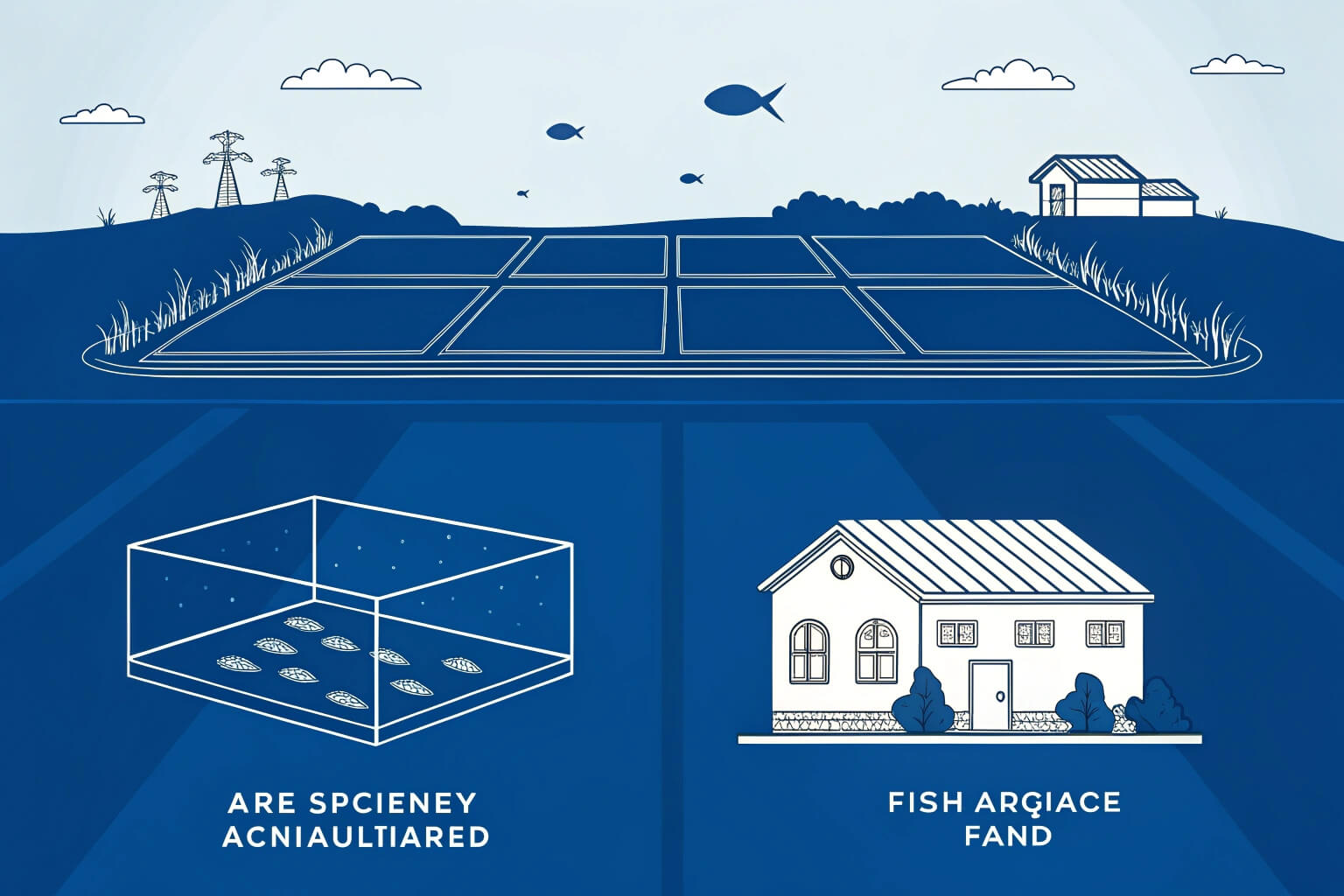
The idea that you need vast amounts of land for fish farming isn't always true, especially with modern techniques. Flexibility exists depending on your approach.
Area vs. Farming System
The farming method dramatically impacts space requirements. Traditional Earthen Ponds7: These usually require the most land. You need space for the ponds themselves, plus dikes and access roads. Raceways: Concrete channels need less land than ponds for the same production volume but require flowing water. Tank-Based Systems8: These are the most space-efficient. Using tanks (like plastic, fiberglass, or collapsible PVC tanks like ours at Bancy) allows you to grow fish at higher densities in a much smaller footprint. Recirculating Aquaculture Systems (RAS)9: These are highly intensive tank systems that filter and reuse water. They require very little land relative to production but involve higher investment in equipment and technical expertise. For someone starting out or with limited space, tank-based farming, potentially using collapsible tanks for ease and lower initial setup cost, can be a great option.
Factors Influencing Space Needs
Beyond the system type, other factors play a role. Species and Density: Some fish tolerate crowding better than others. Higher density farming needs less space but requires more intensive management (especially aeration and water quality). Water Management: How you manage water (e.g., flow-through vs. recirculation vs. static water with exchange) affects infrastructure needs and thus space. Support Infrastructure: Don't forget space for feed storage, equipment sheds, possibly a small office or lab for water testing, and harvesting areas. Even for a small tank system, you need some surrounding workspace.
Small-Scale vs. Commercial Operations
A small-scale or backyard fish farm might operate with just a few cubic meters of water in tanks, fitting into a very small area. You could potentially start with one or two tanks in less than 50-100 square meters, including workspace. A commercial operation10 aiming for significant tonnage will naturally require more space, potentially several hectares for ponds or a large building footprint for an intensive RAS11 or tank farm. The key is that you can often start small in a limited area using tanks and potentially scale up later if successful.
Conclusion
Starting a fish farm needs careful thought about water, disease, fish choice, equipment, and market. Plan these well, and you improve your chances of success. If you need reliable, customizable tanks, feel free to reach out.
-
Understanding water quality management is crucial for successful fish farming. Explore this link to learn effective strategies. ↩
-
Understanding market dynamics can help you make informed decisions about fish farming profitability. ↩
-
Learn how optimizing FCR can significantly reduce costs and improve your fish farming efficiency. ↩
-
Discover how selecting hardy fish can minimize losses and enhance your farming success. ↩
-
Explore the advantages of collapsible tanks for aquaculture, including their ease of setup and customization options. ↩
-
Learn how to source healthy, disease-free fish stock to ensure the success of your aquaculture farm. ↩
-
Understand the limitations of Traditional Earthen Ponds to make informed decisions about aquaculture methods. ↩
-
Explore the advantages of Tank-Based Systems for efficient fish farming, especially in limited spaces. ↩
-
Learn about RAS technology and its benefits for sustainable and space-efficient fish farming. ↩
-
Understanding the characteristics of commercial operations can guide you in scaling your fish farming venture effectively. ↩
-
This link will explain the intensive Recirculating Aquaculture Systems (RAS) and their benefits for large-scale fish farming. ↩